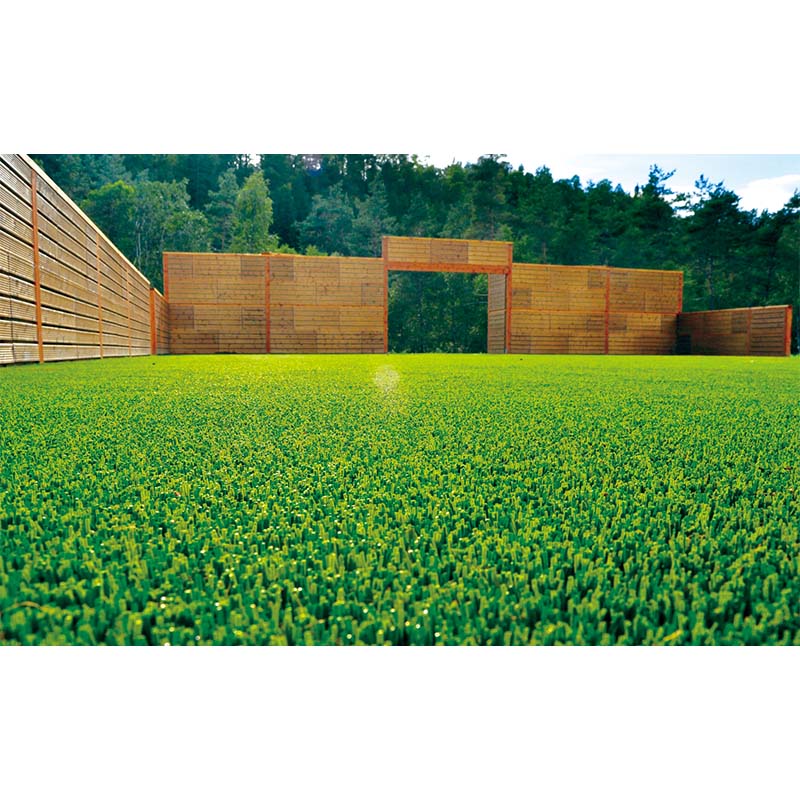Benefits and Challenges of Using Artificial Grass in Sports Facilities

The Rise of Artificial Grass in Sports Revolutionizing the Game
In recent years, the sports industry has witnessed a significant transformation with the increasing adoption of artificial grass as a preferred playing surface. Traditionally, natural grass has been the standard for many sports fields, but advancements in technology and changing environmental considerations have propelled artificial grass into the spotlight. This transition is not just about aesthetics; it is about enhancing performance, reducing maintenance costs, and promoting sustainability.
Performance Benefits
One of the primary reasons sports organizations are turning to artificial grass is the performance benefits it provides. Artificial surfaces are engineered to withstand diverse weather conditions, enabling year-round play without the challenges posed by muddy or waterlogged fields. This consistency of surface is vital for athletes, allowing them to perform at their peak without the risk of injury that often comes with playing on uneven or damaged natural grass.
Moreover, artificial grass offers superior traction and durability compared to its natural counterpart. Athletes, particularly in high-impact sports like soccer and football, benefit from the dependable grip provided by synthetic turf, which can enhance their speed and agility. Players can make sharp turns, sprint at full speed, and engage in tackles without the fear of slipping, thus fostering a more dynamic and competitive gameplay environment.
Cost-Effectiveness and Maintenance
The financial implications of maintaining natural grass fields can be substantial. Regular upkeep, including mowing, watering, and fertilizing, demands both time and money. In contrast, artificial grass drastically reduces maintenance costs. Once installed, it requires minimal upkeep; occasional cleaning and infrequent brushing are generally sufficient to keep the surface in prime condition. This budget-friendly approach is especially appealing to schools and community sports programs that may have limited funding.
Additionally, artificial grass eliminates the need for pesticide applications and extensive water usage, providing a cost-effective solution in regions facing restrictions on water consumption. This not only helps organizations save money but also aligns with modern sustainability efforts aimed at conserving natural resources. The use of artificial grass can be particularly beneficial in arid areas where maintaining a natural grass field would be environmentally and economically impractical.
artificial grass sport

Environmental Considerations
As the world grapples with climate change and environmental degradation, the sports industry is also recognizing the need to adapt. Artificial grass offers a more sustainable choice in certain contexts. Many manufacturers are now producing eco-friendly turf made from recycled materials, reducing the overall carbon footprint associated with sports facilities.
While concerns persist about the environmental implications of synthetic fields, such as heat retention and drainage challenges, advancements in technology are addressing these issues. Innovative designs promote better hydration and manage heat levels, making artificial grass fields more viable in diverse environments.
The Future of Sports Surfaces
The future of artificial grass in sports looks promising as the technology continues to evolve. Enhanced quality of synthetic turf is leading to various applications beyond traditional sports fields, including multi-use facilities that accommodate various sports and recreational activities. This flexibility allows sports organizations to maximize their investment and engage more participants in physical activities.
Moreover, the cultural acceptance of artificial grass is growing as athletes and fans recognize its benefits. Major sports leagues, including the NFL and FIFA, have embraced synthetic surfaces, further solidifying the legitimacy of artificial grass in professional sports. As more success stories emerge, the gap between traditional and artificial surfaces is narrowing, reshaping perceptions and practices within the sports community.
Conclusion
Artificial grass has become a game-changer in the sporting world, effectively addressing the challenges posed by natural grass while promoting sustainability and enhancing performance. As technology advances and societal attitudes shift, it is likely that artificial grass will continue to gain traction, revolutionizing sports fields across the globe. Whether at the professional level or in local communities, the impact of this versatile playing surface will be felt for years to come, offering athletes the high-quality environment they need to excel in their sports.
With years of expertise in artificial grass, we're dedicated to providing eco-friendly, durable, and aesthetically pleasing solutions.
Our commitment to quality and customer satisfaction shapes every blade of grass we produce,
ensuring that we not only meet, but exceed,your landscaping expectations.




